
45 facts about small businesses in America
45 facts about small businesses in America
Small businesses accounted for a whopping 99.9% of companies in the U.S. in 2019, according to the U.S. Small Business Administration (SBA). The number can be partly attributed to the administration's broad definition of a small business as any firm with fewer than 500 employees, but it also reflects how embedded entrepreneurship is in American culture. We watch in awe as once-small startups, like Twitter and Slack, transition into hugely successful ventures that are part of our everyday lives. We binge-watch old episodes of "Shark Tank," eager for inspiration for the next great business idea. And many of us dream of starting our own companies by dipping our toes into entrepreneurship with side hustles.
Business ownership has always required grit, hard work, and old-fashioned luck to find success. But running a business during the COVID-19 pandemic has thrown all the usual rules to the sidelines, as restaurants and bars facilitate the spread of the virus, small spaces operate at a limited capacity, and demand dries with a 6.9% unemployment rate in October and millions of Americans spending what little money they have on essentials.
Data from 2017 and 2018 showed that fewer than 80% of businesses make it beyond their first year, while only around half survive for at least five years or more. In 2019 small businesses provided employment for nearly 60 million workers, and the pressure of making payroll every week can be decimating if sales don't meet expectations. And that was before the pandemic took its toll, shuttering thousands of small businesses, some closing temporarily but many for good. Small Business Saturday—when independent sellers hold sales and specials to attract holiday shoppers away from Amazon and big-box retailers—falls on Nov. 28 this year. Supporting these businesses has quite possibly never been more important.
Stacker took a look at figures and facts on entrepreneurship from a variety of sources, including the SBA, The Ewing Marion Kauffman Foundation, the Census, the Bureau of Labor Statistics, and news reports. The statistics painted a fascinating picture of who's most likely to launch a business, the chances of a business to stick around for generations, and how much economic activity comes from firms that aren't major corporations.
Keep reading to learn 45 facts about small businesses in America.

SBA defines a small business as having less than 500 employees
While "small business" might make you imagine local mom-and-pop shops on Main Street, the actual definition describes a company that's probably larger than you think. The U.S. Small Business Administration (SBA) considers companies with fewer than 500 employees to be small businesses. This was also the standard used to determine which companies qualified for the Paycheck Protection Program loans during the COVID-19 crisis.
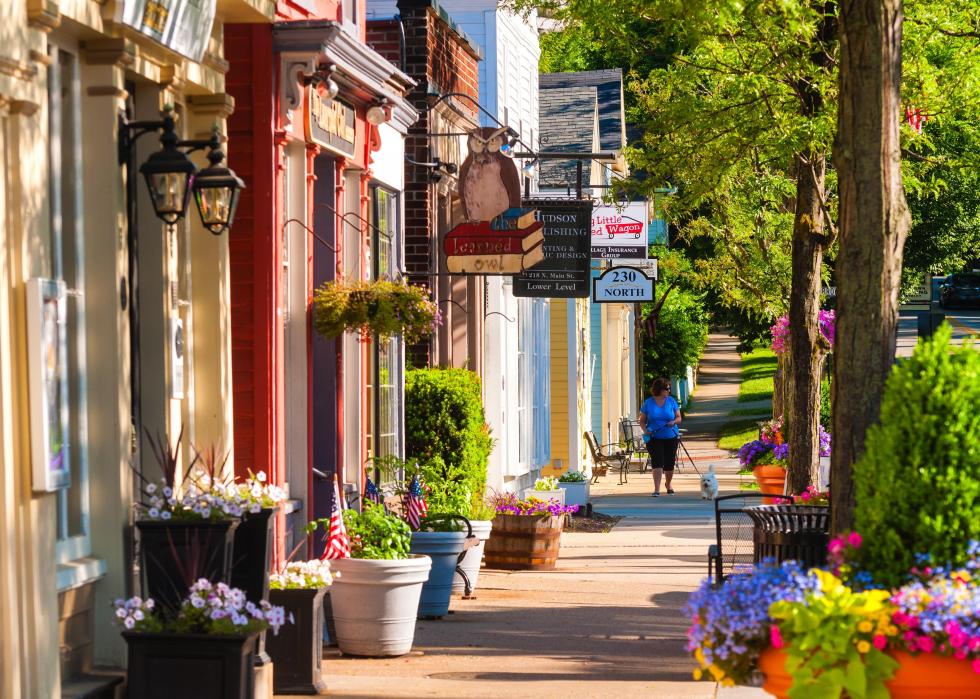
The US has 30.7 million small businesses
There were over 30 million small businesses in the nation in 2019, according to the SBA. While companies with fewer than 500 workers count as "small," the vast majority of businesses in the U.S. have a staff that's smaller than 20 workers, according to the Small Business & Entrepreneurship Council.

99.9% of US companies are small businesses
The American economy depends on small businesses. Companies of this size account for 99.9% of all businesses in the country, according to 2019 data from the SBA. Earlier data from the Small Business & Entrepreneurship Council found that nearly nine out of 10 employer firms in the U.S. had fewer than 20 workers.

Small businesses employ 59.9 million workers
Almost 60 million people in the U.S., or 47.3% of the country's workers, get their paychecks from small businesses, according to the SBA. Many of these companies have struggled to make ends meet during the pandemic, and layoffs at small businesses spiked by 1,021% from February to March, according to Gusto.
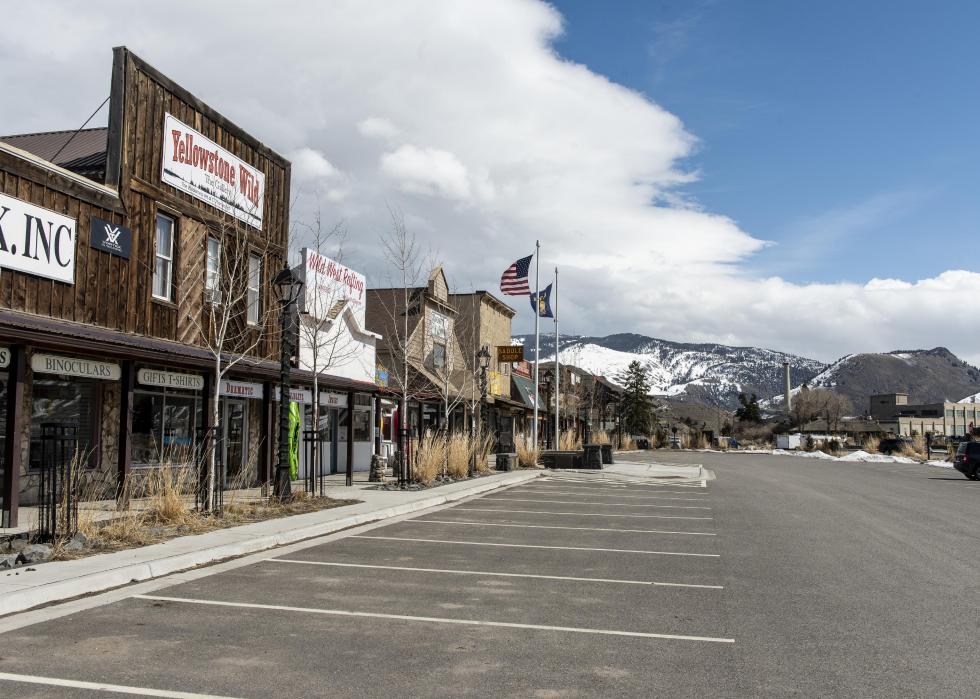
Montana, Wyoming, and Vermont have the highest rates of small business employment
Small businesses account for 65.2% of all employment in Montana, followed by 62.6% in Wyoming, and 59.4% in Vermont, according to 2018 rankings from the SBA. Other states that depend on small businesses for more than half of all employment include South Dakota, North Dakota, Maine, Idaho, Oregon, New Mexico, and Louisiana.

Small health care businesses employ 8.8 million people
When it comes to high numbers of small business employment by industry, health care and social assistance businesses come out on top, employing more than 8.7 million people, according to 2016 data from the SBA. The next highest industries for small business employment were accommodations and food services (8.3 million workers), retail trade (5.6 million workers), and construction (5.2 million workers).

Small businesses account for 84% of employment in agriculture, forestry, fishing, and hunting
Almost 84% of workers in the industry of agriculture, forestry, fishing, and hunting are employed by small businesses, making it the sector with the highest rate of small business employment share, according to 2016 data from the SBA. The industries with the next highest rates of small business employment share include construction at 82.3% and real estate at 67.9%.

19% of small businesses are family-owned
Nearly 1 in 5 small businesses in the U.S. are family-owned. This means that two or more members of the same family run the company, and the majority of ownership lies within a family, according to data analyzed by SCORE. Family-owned businesses are responsible for employing 60% of all workers in the country.

Husband-wife teams run 1.2 million small businesses
Married couples can make for a powerful entrepreneurial duo. Data analyzed by SCORE found that 1.2 million family-owned small businesses in the U.S. are controlled by a husband and wife. The concept is so common that the Internal Revenue Service has a special section of its website about married couples in business.

30% of family businesses are successfully passed to second generation
Less than a third of family-run small businesses make it through the transition from the first owners to the next generation, while only 12% successfully transition from the second to the third generation, according to data analyzed by SCORE. Lining up a successor can be tricky for owners of family-run businesses. Only about half of family business owners who plan to retire soon know who their successor will be.

Women own 45% of all US businesses
The U.S. was home to 9.9 million businesses owned by women as of 2012, with another 2.5 million companies that split ownership between men and women, according to the SBA. The organization also found that 45% of all businesses in the country "were at least 50% women-owned." Women-owned businesses generate $1.7 trillion in sales, according to 2017 data from the National Association of Women Business Owners.

US saw 114% more women-owned businesses from 1997 to 2017
In the 20 years leading up to 2017, the number of businesses owned by women skyrocketed by 114%, according to data from American Express. That rate significantly outpaced the increase of all businesses in the country, which grew by 44%. Despite an increase in number, women-owned businesses still have some catching up to do in terms of sales. They generated just 7% of revenues during that time frame.

Minority-owned small businesses employ 8.7 million workers
Around 8.7 million workers get their paychecks from minority-owned small businesses, according to a 2019 report from the SBA. The typical minority-owned business has a staff of around eight people, while white-owned businesses employ closer to 12 people, on average.

Immigrants are more likely to be business owners
It's clear that immigrants to the U.S. bring along an entrepreneurial spirit—business-ownership is how 10.5% of the immigrant workforce makes a living, compared with just 9.3% of the U.S.-born workforce, according to a 2012 report from the SBA. Their companies tend to make about 70% of the annual sales of non-immigrant owned businesses, though.
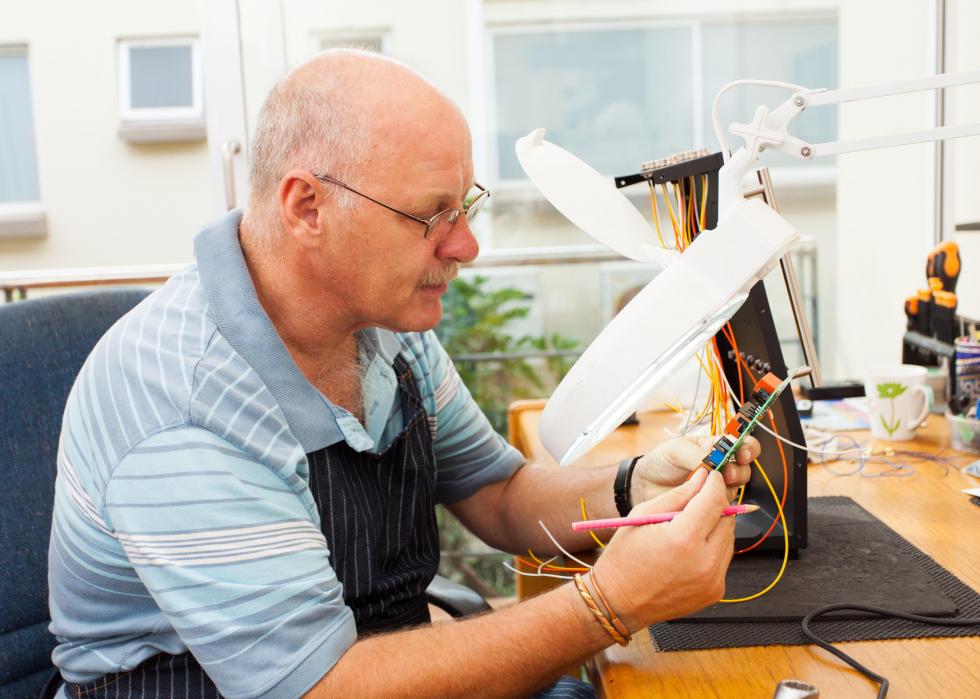
Veterans own 6.1% of all businesses in the US
More than 6% of all companies in the U.S. are owned by veterans, according to the 2018 Annual Business Survey. The Office of Veterans Business Development has resources that can help active-duty service members and former military members develop new businesses.
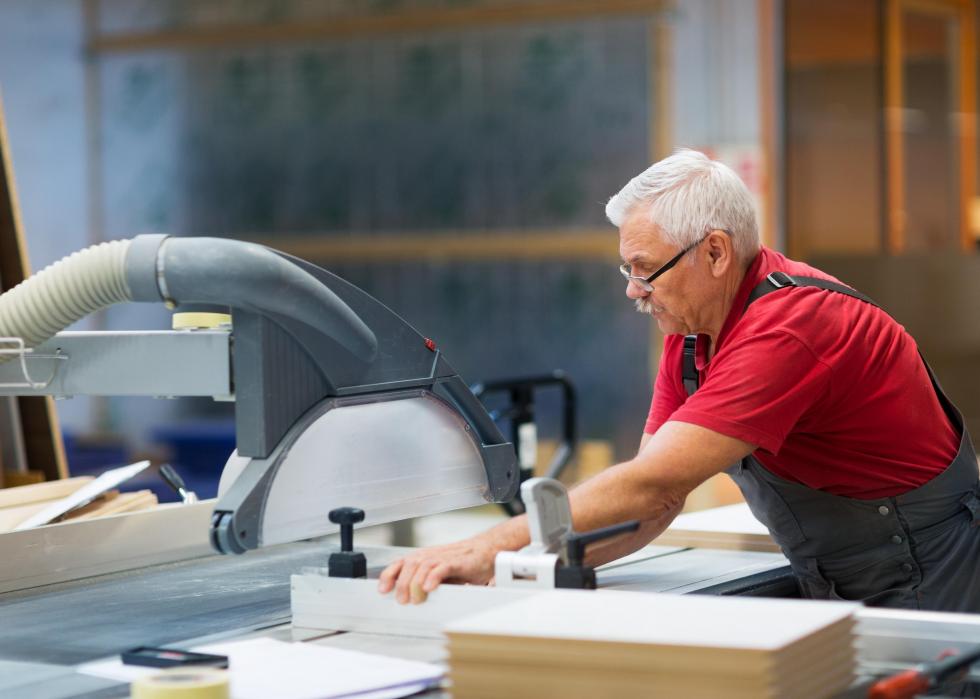
Veterans stand a 45% greater likelihood of self-employment than non-veterans
When it comes to self-employment, veterans are 45% more likely to sign their own paychecks than non-veterans, according to data from the Small Business Administration. Dedicated grants and training programs are available to veterans who became disabled during their service.

Franchises comprise nearly 3% of all businesses
Data from the Survey of Business Owners found that 2.9% of all businesses in the U.S. are franchises, like Burger King, Pizza Hut, and Pinkberry. More than $2.1 trillion comes from the franchise industry, according to the International Franchise Association.

9.6 million new jobs came from small businesses from 2000 to 2018
Small businesses generated 9.6 million net new employment opportunities from 2000 to 2018, nearly double the jobs created by large businesses in that time period, according to the Bureau of Labor Statistics. Other data from the organization has found that 62% of all jobs in the private sector that have been created since the Great Recession came from small businesses.

Small businesses added 1.8 million new jobs in 2019
Small businesses created 1.8 million net new jobs in 2019 alone, according to the SBA. It reflects a slight slowdown from 2018, when small businesses developed 1.9 million net new jobs.

Businesses with small staffs added 1.2 million net jobs
While small, businesses with fewer than 20 employees created 1.2 million net new jobs in 2019. That job growth far surpassed what was added by businesses of all other sizes. In fact, firms with 100 to 499 employees added just under 260,000 net jobs that year, according to the SBA.

Self-employed business owners typically earn $51,419
Self-employed people who work at their own incorporated businesses earned a median income of $51,419 in 2017, according to the SBA. That salary is more than double the median income for self-employed people who work at their own unincorporated business.

4 in 5 small businesses survive at least one year
Just over 79% of businesses that were created in 2017 successfully made it to 2018, according to data analyzed by the SBA. The construction and transportation industries are among the worst sectors for one-year survival rates. In contrast, firms in the health care and social assistance industries tend to fare better, according to data analyzed by Fundera.

Half of small businesses survive five years
The five-year survival rate for businesses has ranged from 45.5% to 51.5% in the most recent decade with available data, according to the SBA. Long-term data from the SBA has revealed that a negative economy has minimal effect on any one business's survival, although it may have negative impacts down the road.
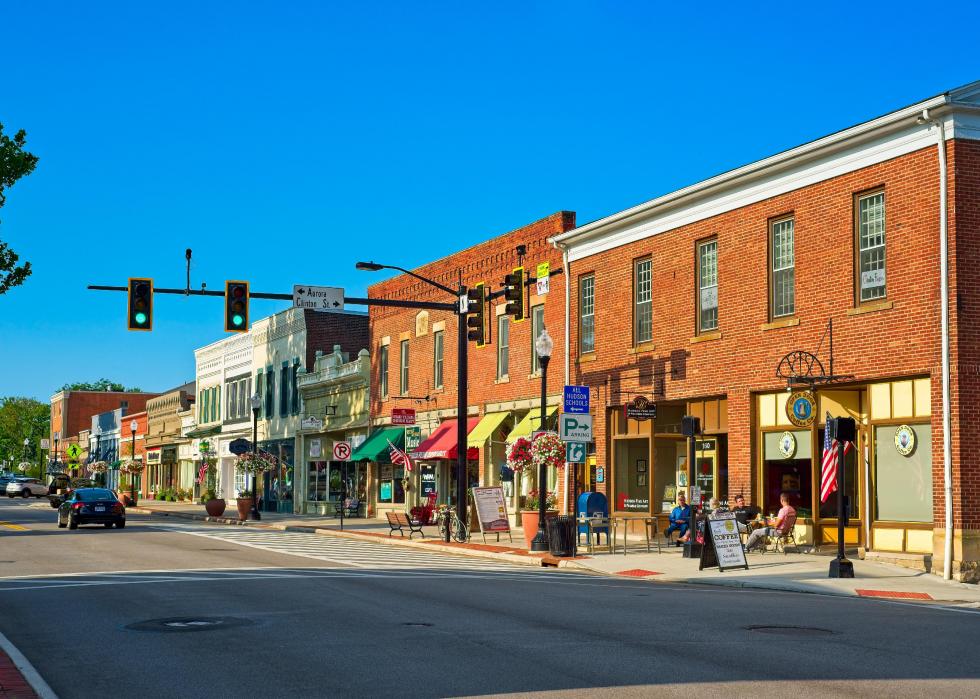
33% of small businesses survive 10 years
Only 1 in 3 businesses survive at least a decade, according to data analyzed by the SBA. Some of the most common reasons businesses fail include a lack of market research, unrealistic business plans, a lack of financing, and expanding too quickly, according to Michael T. Deane of Investopedia.

433,000 startups opened in 2016…
There were 433,000 startups (defined as businesses under a year old) in 2016, according to Census Bureau data. Businesses that launched in 2016 include wireless equipment company Starry, online business news channel Cheddar, and ride-share company Juno, according to Biz Carson of Business Insider.
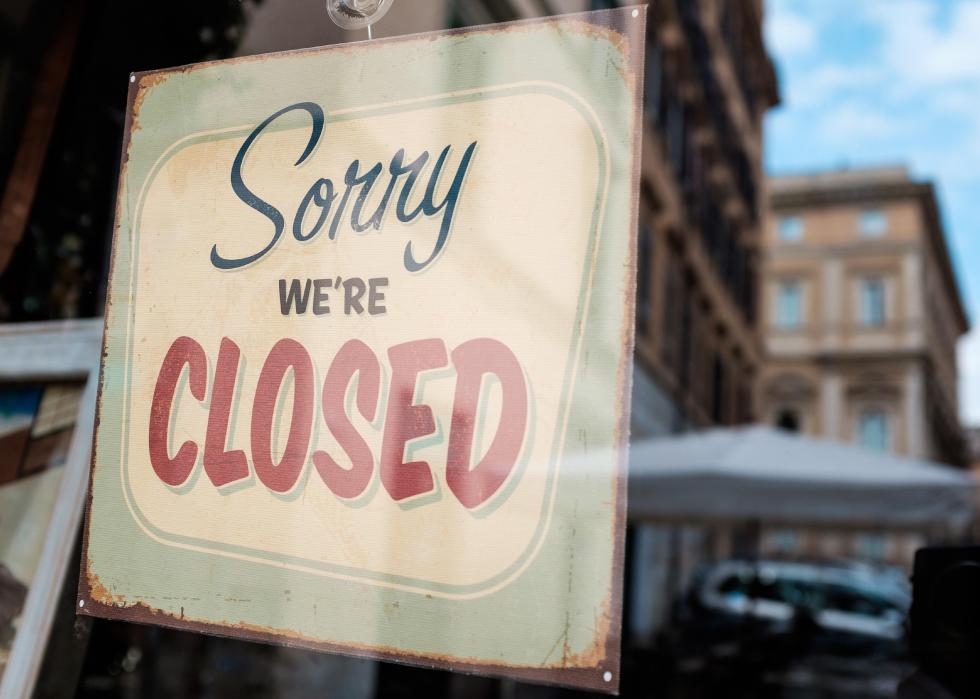
…and 400,000 firms closed that year
Around 400,000 businesses shut their doors in 2016, according to Census Bureau Data. Stores were hit particularly hard in 2016, which was one of the most difficult years for the retail industry in history, according to Chris Isidore of CNN.

Startups create an average of five jobs in year one
The average number of jobs startups create in their first year of business is 5.16, according to 2019 data from the Kauffman Indicators of Entrepreneurship. Startup businesses created around 3.1 million jobs in 2019, according to data available from Statista.

Startups create fewer jobs now than in the 1990s
The number of new jobs created in the first year of business at startups has fallen in the last few decades. Startups in the late 1990s created an average of seven to eight jobs in their first year in business, but new startups created just four to five jobs from 2009 onward, according to the Kauffman Indicators of Entrepreneurship.
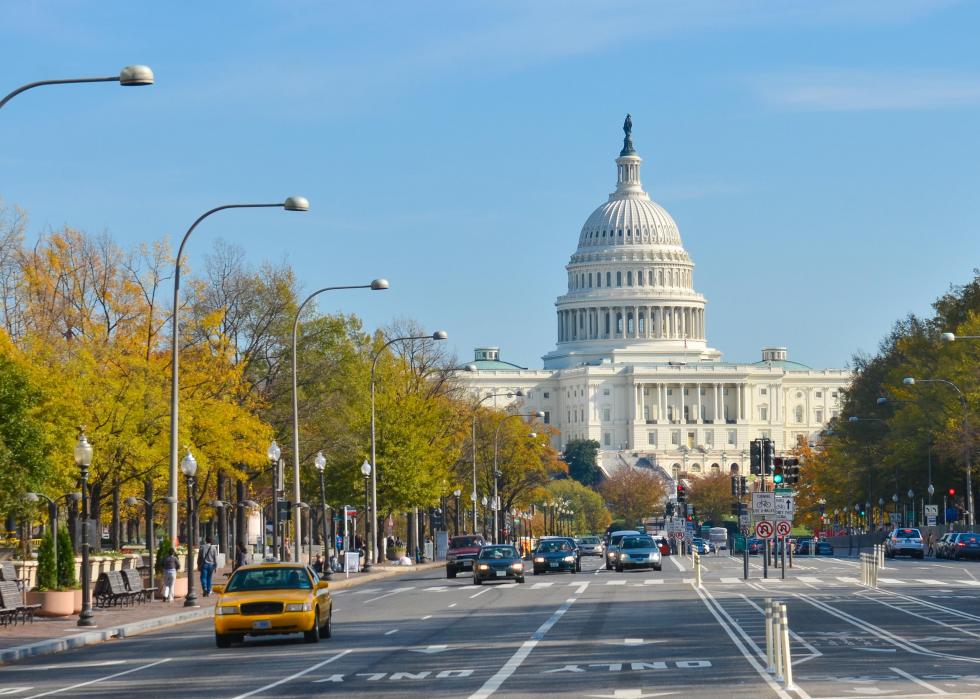
Startup early job creation is highest in D.C., Idaho, and Colorado
The highest rates of startup early job creation (defined as jobs created in the first year in business) in 2019 were found in Washington, D.C., with 9.4 jobs on average; Idaho, with 6.8 jobs; and Colorado, with 6.64 jobs, according to the Kauffman Indicators of Entrepreneurship. The 2019 rate for Washington, D.C. was significantly lower than its 2018 average of 11.33 jobs for first-year startups, but it maintained its #1 spot in the country for both years.

Startup early job creation is lowest in South Dakota, West Virginia, and Alaska
The lowest rates of startup early job creation in 2019 were in South Dakota, with 3.21 jobs on average; West Virginia, with 3.23 jobs; and Alaska, with 3.47 jobs, according to the Kauffman Indicators of Entrepreneurship. This was somewhat of a change compared to 2018, when West Virginia, Ohio, and Pennsylvania were home to the lowest rates of startup early job creation.

Business ownership was a choice for 87% of entrepreneurs
Nearly 87% of entrepreneurs opened a business by choice, not necessity, in 2019, according to the Kauffman Indicators of Entrepreneurship. That rate was significantly higher than it was in 2009, when fewer than 74% of entrepreneurs opened a business by choice.

83% of entrepreneurs don’t use loans to launch businesses
The average size loan provided to small businesses in the U.S. in 2018 was $663,000, according to Justin Song of ValuePenguin. However, more than four out of five entrepreneurs did not take out bank loans or leverage venture capital to launch their businesses, according to a 2019 report from the Ewing Marion Kauffman Foundation.

65% of entrepreneurs dip into savings to start businesses
When it comes to startup capital for a new business, almost 65% of entrepreneurs use their personal or family savings, according to a 2019 report from the Ewing Marion Kauffman Foundation. Nearly 10% of business owners float expenses on personal credit cards.

Homeowners are 10% more likely to start a business
People who own homes are roughly 10% more likely to launch a business than non-homeowners who have similar education, family income, and employment status, according to a 2012 report from the SBA. Equity in the property can be invested in the company or used as collateral for financing, which gives homeowners an edge when starting a business.

41.9 is the average age to start a business
The average age of a company's founder at the time they launched their business was nearly 42 years old, according to Kellogg Insight. Among the fastest-growing tech companies, the average age of the founder at the time of launch was 45 years old.
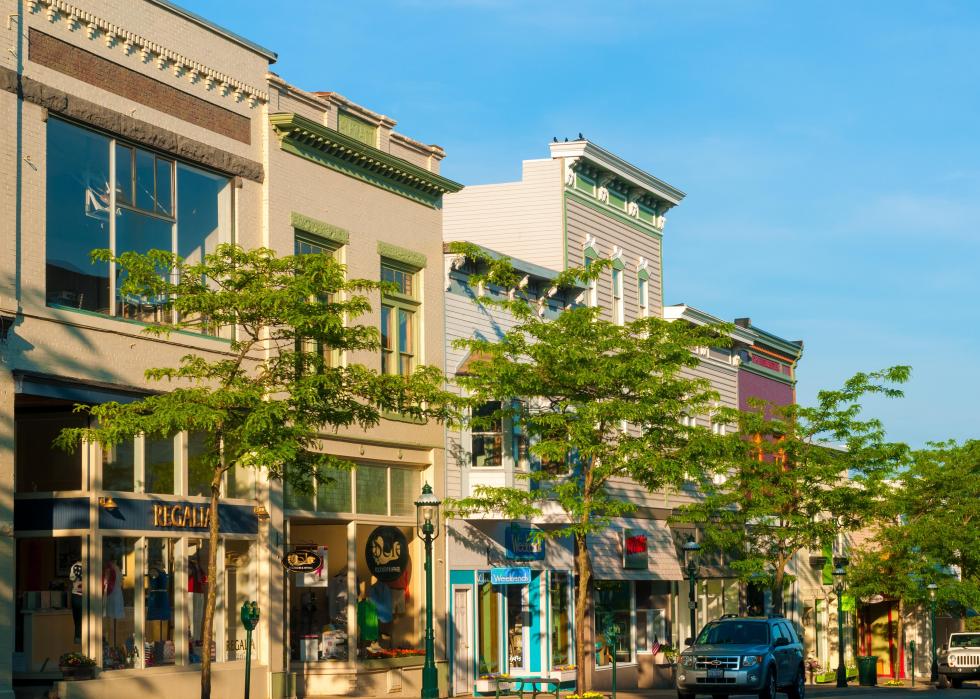
Self-employment is on the decline
The portion of self-employed people in the workforce has declined from 12.1% in 1994 to 10.1% in 2015, according to the Bureau of Labor Statistics. The decrease has been primarily driven by the agricultural industry, which has experienced a drop in small farms.

33.3% of known export value comes from small businesses
Small businesses account for a third, or $429.3 billion, of all known export value in the economy, according to data analyzed by the SBA. They also account for 97.5% of all exporting firms in the country.

Small businesses drive 43.5% of US GDP
More than 43% of the country's gross domestic product came from small businesses in 2014, according to the SBA. This has fallen from 1998, when small businesses accounted for 48% of the GDP.

SBA was founded in 1953 to help US businesses
The SBA, which has a mission to help "Americans start, build, and grow businesses," was officially founded in 1953, but it actually grew out of multiple other predecessor agencies that had been created in response to World War II and the Great Depression. By 1954, the organization had already started providing business loans and helping small businesses get government procurement contracts.
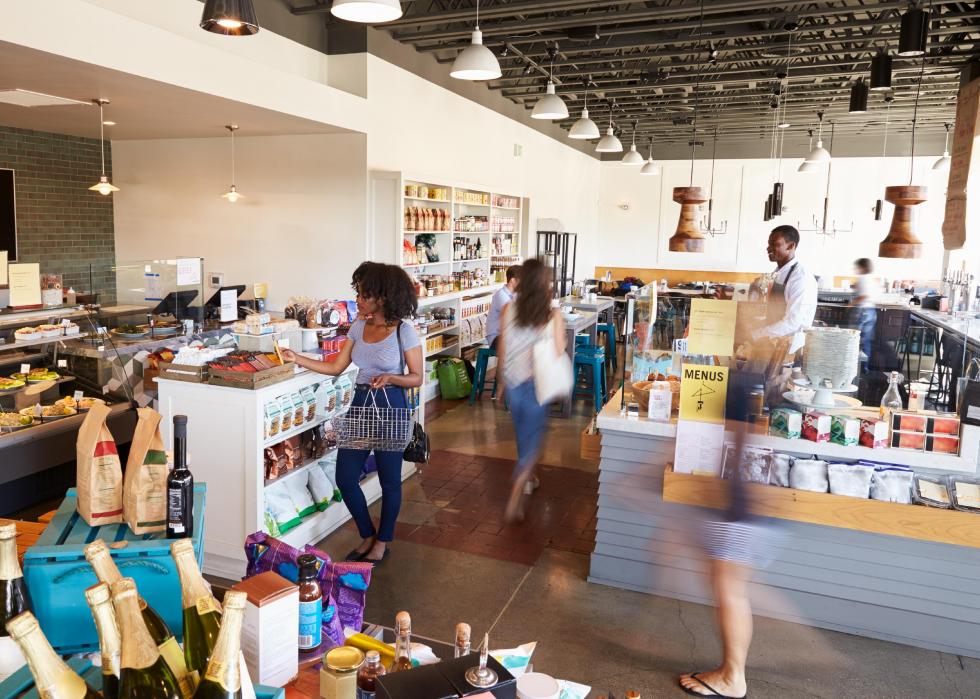
SBA focuses on capital, contracts, and counseling
While the SBA provides a range of programming and services, its three main focuses are capital, contracting, and counseling. Its capital efforts include guaranteeing support loans to small companies that face difficulty getting credit elsewhere. Its contracting efforts involve helping the federal government hit its yearly goal of using 23% of its contracting budget on small business goods and services. And its counseling programs leverage partnerships to help business owners get training.

Starting a business in the US takes six days
It takes six days on average to start a business in the U.S., according to data analyzed by Intuit Small Business. That's relatively low compared to other countries, like India, where it takes 30 days, and China, where it takes 38 days, on average to start a business.

Small businesses have bore the brunt of pandemic unemployment
While total private employment has declined by 15% since the COVID-19 emergency started in mid-March, small businesses have seen a 17% decline in employment, according to a June 1 article from the SBA. New business applications, used to get an Employer Identification Number so firms can hire employees, also plummeted by over 27% in the five weeks after March 13, compared to a year earlier.

Establishment openings surpassed 1 million for the first time in 2018
The year 2018 marked the first time in U.S. history in which more than a million establishments with employees opened, according to the SBA. It was an increase from 2017, when 973,000 establishments with staff opened.

Half of small business are based in a home
Around half of all businesses use someone's home as their main place of operations, according to a 2018 report from the SBA. Information, construction, and professional, scientific, and technical services are the industries in which home-based businesses are most prevalent.

22% of business owners say retirement is their reason for closing
Retirement is one of the top reasons owners of businesses with employees close up shop, with 22% saying it was why they shut down in 2015, according to the SBA. Other top reasons for closing include low sales, selling the business, opening a new business, or business credit problems.



